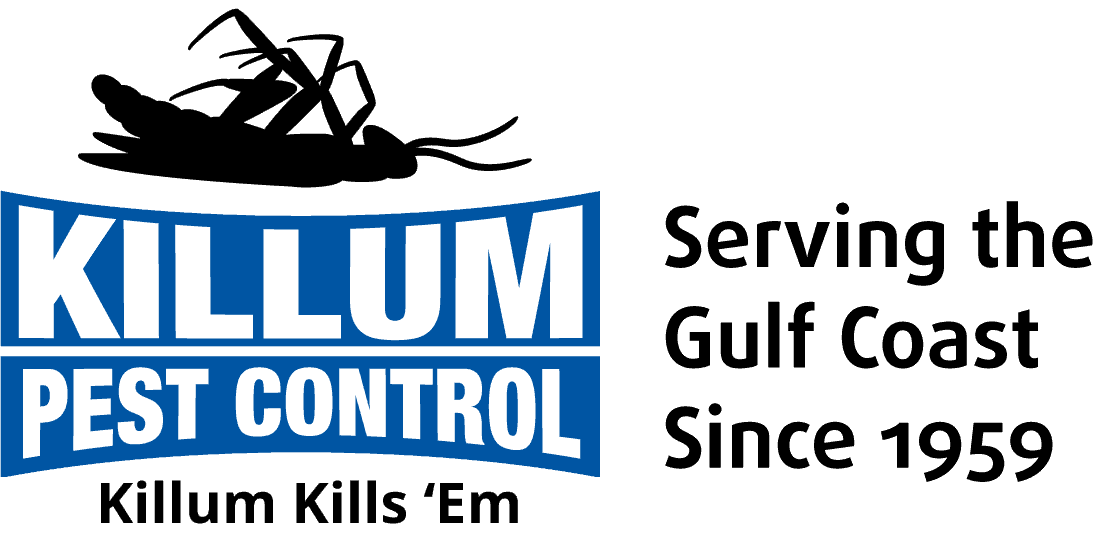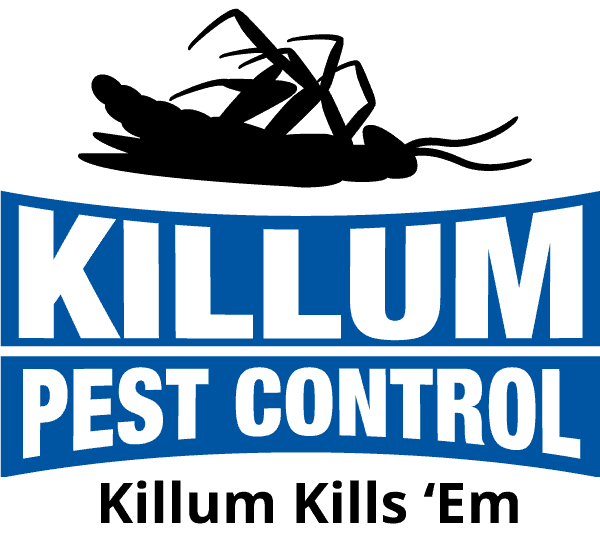The ecological diversity of Texas creates a unique environment for an array of plant and animal species, but it also invites the introduction of invasive species, which may have negative consequences for native ecosystems, agriculture, and residential and commercial properties. Non-native pests can disrupt natural systems, disturb the balance between native species, and pose challenges to local pest control efforts due to their unfamiliarity and adaptability to new environments.
In this extensive guide, we’ll explore several critical aspects of identifying and controlling invasive pest species in Texas, helping property owners and managers stay informed about these potential threats and devise strategies to manage them effectively.
1. Understanding Invasive Pest Species: An Unwelcome Consequence of Globalization
Invasive pests are non-native species that have been introduced, either accidentally or intentionally, into a new environment where they begin to cause harm to native ecosystems, agriculture, or residential and commercial properties. Often, invasive species are introduced through global trade and travel, hitching a ride on cargo or luggage.
These pests can outcompete local species for resources, disrupting the natural balance in ecosystems. They may also lack native predators or diseases that would naturally control their populations, allowing them to reproduce and spread rapidly. Invasive pests can present unique challenges for local pest control due to their adaptability and potential resistance to traditional methods.
2. Common Invasive Pests in Texas: Identifying the Culprits
Invasive pests found in Texas pose significant threats to native ecosystems and properties. Some of the most concerning invasive pests in the area include:
– Red Imported Fire Ants (RIFA): These aggressive and highly invasive ants were accidentally introduced to the United States in the 1930s, and have since made their way to Texas. RIFA colonies can cause significant damage to lawns, crops, and infrastructure, and their painful stings pose a threat to humans and animals alike.
– Tawny Crazy Ants: Native to South America, these ants have a rapid reproduction rate and can quickly overwhelm native ant populations. Their erratic behavior, ability to forage indoors, and resistance to conventional ant baits make them a challenging pest to control.
– Asian Tiger Mosquitoes: Introduced to Texas in the 1980s, this aggressive mosquito species can transmit diseases such as West Nile virus, dengue, and Zika to humans. In addition, their daytime feeding habits disrupt the usual avoidance tactics for mosquitoes that mainly bite at dawn and dusk.
3. Monitoring and Identifying Invasive Pests: Keeping an Eye Out for Unwanted Guests
Early detection and correct identification of invasive pests are critical for establishing effective control measures. Property owners and managers should:
– Routinely inspect their property for signs of unusual pest activity, paying attention to their landscaping, structures, and any areas where pests might hide or nest.
– Familiarize themselves with the appearance and habits of invasive pests common to Texas, such as red imported fire ants, tawny crazy ants, and Asian tiger mosquitoes.
– Report any suspected invasive species to local authorities or a professional pest control expert like Killum Pest Control, Inc. for assistance in identifying and managing the issue.
4. Preventing and Controlling Invasive Pest Species: Taking a Comprehensive Approach
To effectively prevent and manage invasive pests on your property, it’s essential to adopt a comprehensive approach using Integrated Pest Management (IPM) strategies:
– Prevention: Seal gaps and cracks to deny entry, reduce clutter, store food safely, manage moisture issues, and maintain your landscaping to deter pests from establishing themselves on your property.
– Monitoring: Use traps or bait stations to monitor pest populations and track the success of your control efforts. Report any unusual or potentially invasive pests to know when to take action.
– Targeted Interventions: Use environmentally friendly and minimally invasive control methods such as biological control (using natural predators or pathogens), mechanical control (traps), or chemical control (selective pesticides) as necessary to address existing infestations.
– Regular Reviews: Assess the effectiveness of your pest control strategies periodically and refine them based on changing conditions, new findings, or pest control best practices.
Conclusion:
Invasive pest species represent a growing challenge in Texas due to the interplay between ecological, social, and economic factors. By understanding the risks associated with these non-native species, property owners can be better prepared to identify, prevent, and control invasive pests on their property. Implementing comprehensive strategies through integrated pest management and partnering with a trusted pest control professional like Killum Pest Control, Inc. can help protect native ecosystems, agriculture, and residential and commercial properties from the impacts of invasive pests.
Killum Pest Control, Inc.’s expert services can help you avoid invasive pest species and secure your Texas property. Contact us today for assistance in identifying, preventing, and controlling invasive pests in your area with our Texas pest control services!





